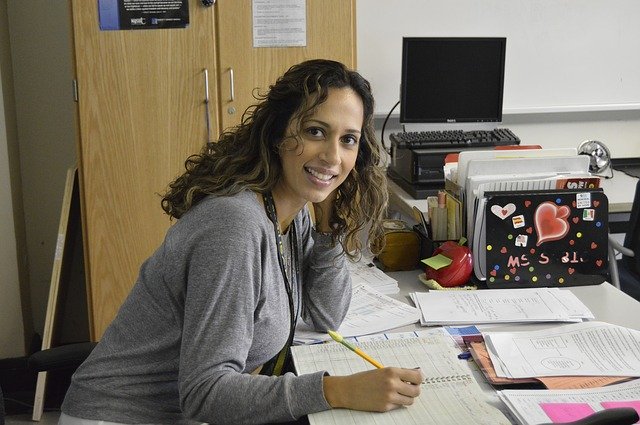Middle School | Daily Do
Why Are More Hurricanes Predicted This Year?

Archive: Teacher Tip Tuesday: Family Science at the Dinner Table, June 2, 2020
 Does shelter-in-place have you running out of things to do with your children? Are you looking for new ideas to spark excitement around your dinner-table (or other family time) conversations? Learn more about how to engage children in making sense of kitchen-related phenomena that the whole family can enjoy!
Does shelter-in-place have you running out of things to do with your children? Are you looking for new ideas to spark excitement around your dinner-table (or other family time) conversations? Learn more about how to engage children in making sense of kitchen-related phenomena that the whole family can enjoy!
 Does shelter-in-place have you running out of things to do with your children? Are you looking for new ideas to spark excitement around your dinner-table (or other family time) conversations? Learn more about how to engage children in making sense of kitchen-related phenomena that the whole family can enjoy!
Does shelter-in-place have you running out of things to do with your children? Are you looking for new ideas to spark excitement around your dinner-table (or other family time) conversations? Learn more about how to engage children in making sense of kitchen-related phenomena that the whole family can enjoy!
 Does shelter-in-place have you running out of things to do with your children? Are you looking for new ideas to spark excitement around your dinner-table (or other family time) conversations? Learn more about how to engage children in making sense of kitchen-related phenomena that the whole family can enjoy!
Does shelter-in-place have you running out of things to do with your children? Are you looking for new ideas to spark excitement around your dinner-table (or other family time) conversations? Learn more about how to engage children in making sense of kitchen-related phenomena that the whole family can enjoy!
 Does shelter-in-place have you running out of things to do with your children? Are you looking for new ideas to spark excitement around your dinner-table (or other family time) conversations? Learn more about how to engage children in making sense of kitchen-related phenomena that the whole family can enjoy!
Does shelter-in-place have you running out of things to do with your children? Are you looking for new ideas to spark excitement around your dinner-table (or other family time) conversations? Learn more about how to engage children in making sense of kitchen-related phenomena that the whole family can enjoy!
Commentary
Make Every Lesson a STEM Career Lesson
By Ashley Pereira
NSTA Reports
Come Explore the New NSTA.org!
By Jodi Peterson
Ask a Mentor
Effective Versus Excellent
By Gabe Kraljevic

Ask a Mentor
Projects Abroad
By Gabe Kraljevic

NSTA Press
Download a Free e-Book With Fresh Teaching Ideas From NSTA Press
By Claire Reinburg
Posted on 2020-05-14
Elementary Informal Education | Daily Do
How Can Light Make Dark Shadows and Bright Reflections?



